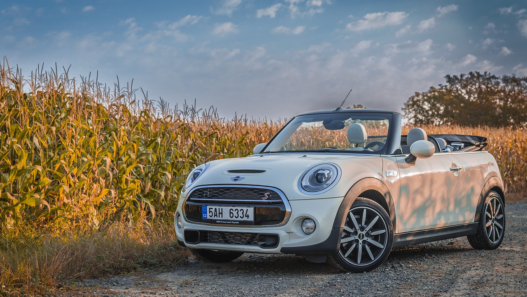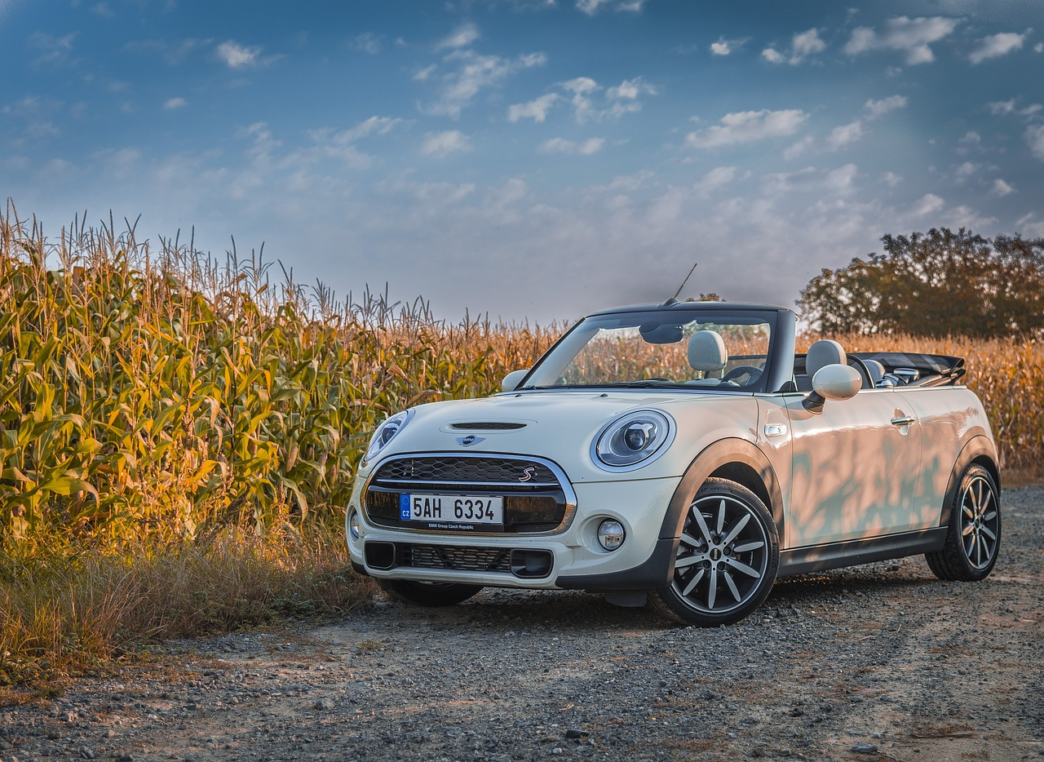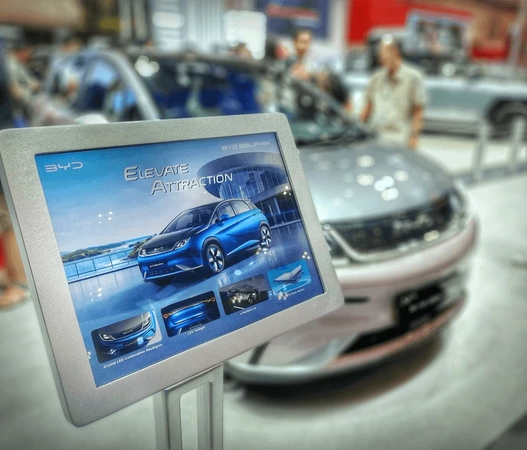This week, BMW’s factory in Oxford, UK, commenced mass production of the fourth-generation Mini Cooper Convertible. This marks the return of open production at the British industrial site.
Production Shift
Let me clarify: traditionally, the Mini Cooper Convertible was assembled in Oxford. However, due to capacity constraints, the third generation’s assembly was outsourced to VDL Nedcar, a Dutch company specializing in manufacturing vehicles for various brands.
With the termination of the contract with VDL Nedcar, BMW, the owner of the Mini brand, had to adjust its production plans to manufacture this new Cooper Convertible.
Components and Assembly
Two of BMW Group’s UK factories supply components for the production of this model: the body comes from Swindon, while the Hamshill industrial unit provides the four-cylinder engines. Besides the final assembly of the vehicle, the body frame and painting are also done in Oxford.
An interesting fact is that the Mini plant in Oxford is one of the oldest continuously operating factories in the world, having started operations in 1913 as the Morris Motor Company.
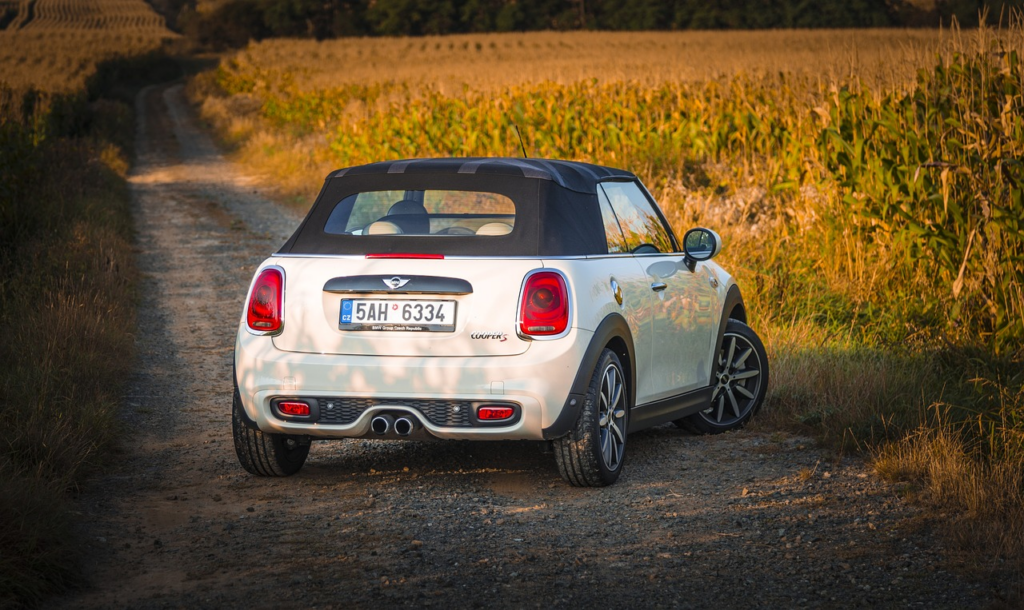
Production Lineup
In addition to the convertible, the three-door and five-door Mini hatchbacks (combustion versions) are also produced at the same industrial site. The electric variant, the Cooper SE, is exclusively manufactured in China.
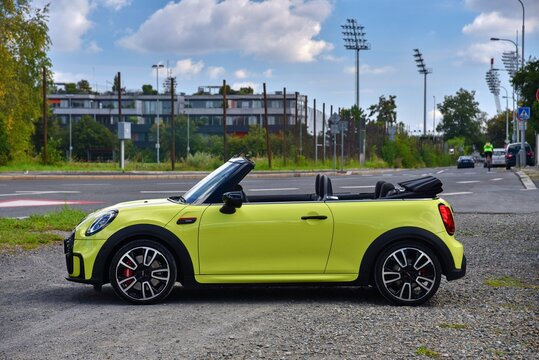
The New Mini Cooper Convertible
Compared to the fourth-generation hatchback unveiled at the end of last year, the hatchback has seen significant changes, but the convertible retains more from its predecessor.
The front end and interior share the same design as the hatchback, but the rear end remains similar to the previous model, marked by distinctive rectangular tail lights and the visual emblem of the British flag.
The engine lineup focuses more on the past than the present. Without an electric motor option, the Mini Convertible offers four 2.0-liter four-cylinder engine options at launch, with power outputs of 163 horsepower (C), 204 horsepower (S), and 231 horsepower (JCW).




